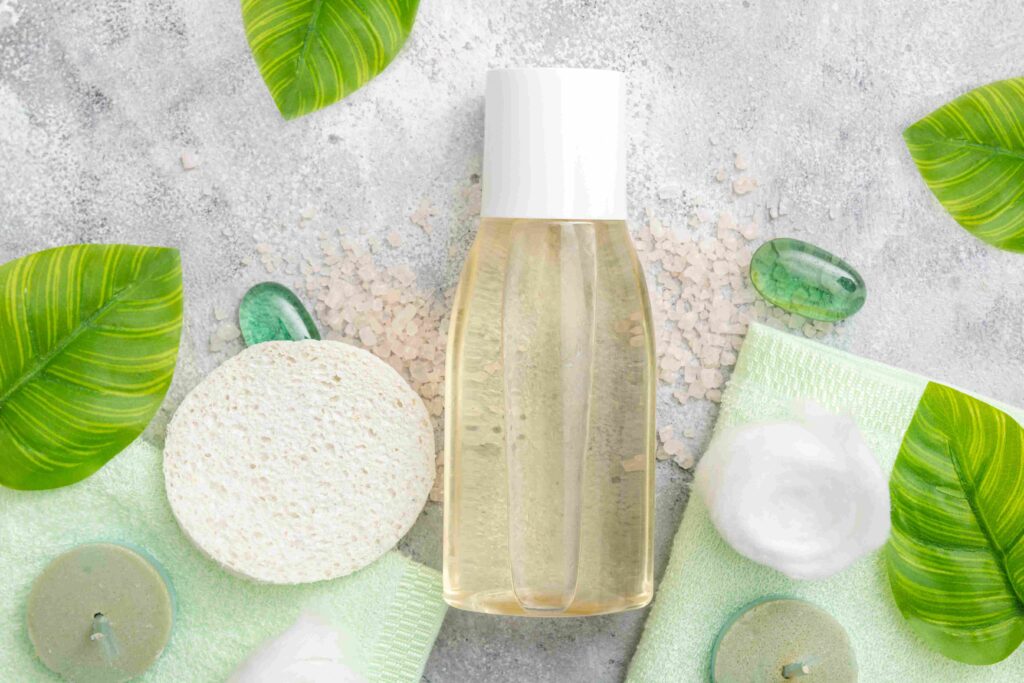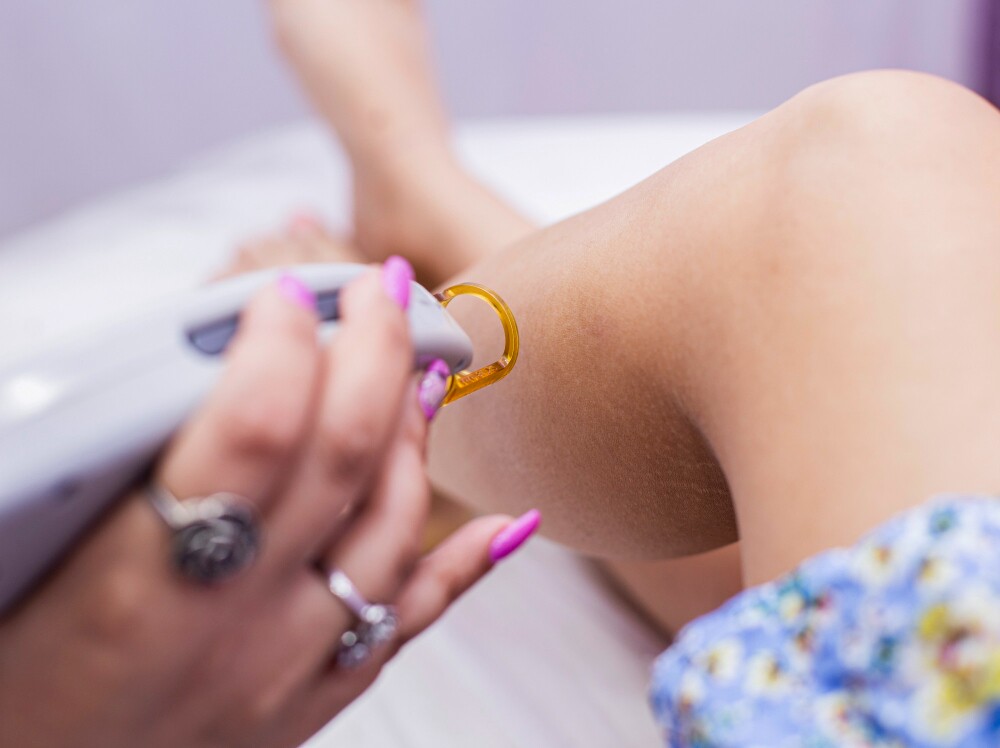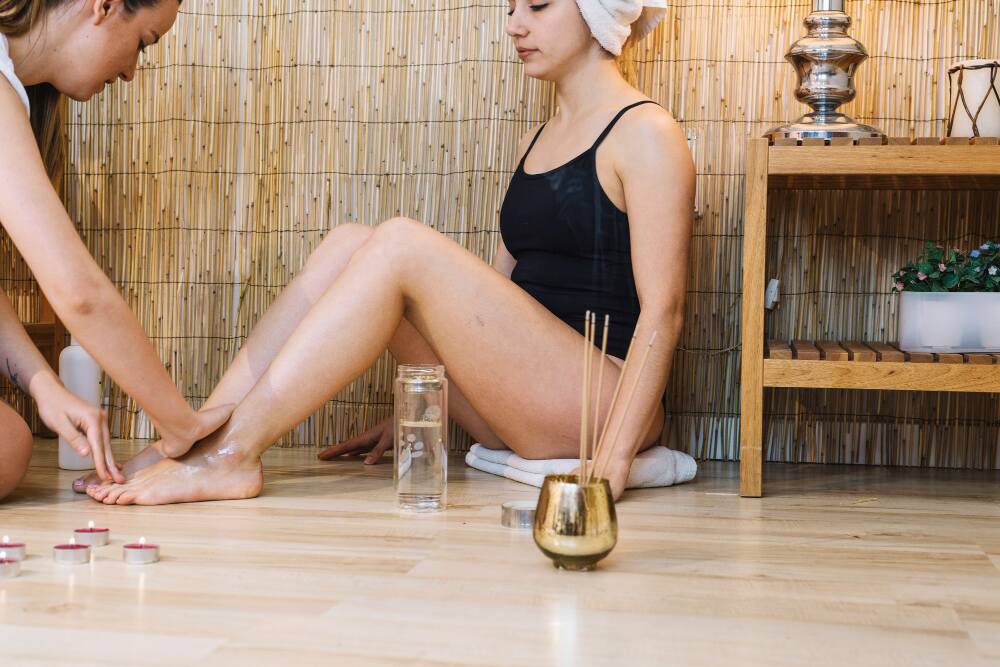Ice Dunk For Face Benefits

This trend promises a range of benefits, from diminishing puffiness to achieving a radiant glow. But before you grab a bowl of ice cubes, it’s crucial to explore the science behind this practice, its potential advantages, and any drawbacks to consider.
The Science Behind the Chill: How Ice Affects Your Skin
When your skin comes into contact with ice-cold temperatures, a series of physiological reactions occur. Here’s a breakdown of the key processes:
- Vascular Constriction: The cold triggers the blood vessels beneath the skin to constrict. This reduces blood flow to the area, leading to a temporary decrease in puffiness and redness.
- Nerve Response: The cold temperature can dull nerve activity, offering a numbing effect and potentially reducing discomfort associated with inflamed skin conditions like sunburn or acne.
- Increased Circulation: While initial exposure constricts blood vessels, upon returning to normal temperature, blood flow to the area can actually increase. This temporary boost in circulation can deliver a surge of oxygen and nutrients to the skin, promoting a healthy glow.
These reactions form the basis of the purported benefits associated with ice facials. However, it’s important to acknowledge that much of the evidence supporting these claims is anecdotal. While some studies suggest ice therapy can be effective for reducing localized swelling and inflammation, more research is needed to definitively confirm the long-term benefits for facial skin.
Potential Benefits of the Icy Plunge: What Ice Facials Might Offer
Proponents of ice facials tout a range of advantages for incorporating this practice into your skincare routine. Let’s delve into some of the potential benefits:
- Reduced Puffiness: Perhaps the most commonly cited benefit, ice facials are said to be effective in minimizing puffiness, particularly around the eyes. The vasoconstriction caused by the cold helps to temporarily reduce fluid buildup, leading to a more refreshed appearance.
- Soothed Inflammation: Ice’s anti-inflammatory properties can be beneficial for calming irritated or inflamed skin. This might be helpful for those with conditions like rosacea, eczema, or even occasional breakouts. The cold can help to reduce redness and discomfort associated with these conditions.
- Minimized Appearance of Pores: The tightening effect of cold temperatures on the skin can cause pores to appear smaller, although this is only a temporary effect.
- Increased Circulation: As mentioned earlier, the rebound vasodilation after an ice facial can lead to increased blood flow. This can potentially deliver more oxygen and nutrients to the skin cells, promoting a healthy glow.
- Invigorating Effect: The cold temperature can provide a wake-up call to your skin, leaving you feeling refreshed and energized. This might be particularly welcome in the mornings or after a long day.
While these benefits sound promising, it’s important to remember that the research is ongoing. Consulting a dermatologist before incorporating ice facials into your routine is always recommended, especially if you have any underlying skin conditions.
Dunking or Dabbing? Different Techniques for Icy Applications
There isn’t a one-size-fits-all approach to ice facials. Here are a few methods you can consider:
- The Full Dunk: This involves submerging your entire face in a bowl of ice water for a few seconds. While effective, this method might be too intense for some and can potentially lead to irritation.
- The Ice Cube Massage: Wrap a few ice cubes in a clean washcloth and gently massage your face in circular motions. This allows for more targeted application and reduces the risk of irritation.
- Spoon Trick: Chill a metal spoon in the freezer for a few minutes. Press the cold back of the spoon against puffy areas like under your eyes for a quick de-puffing effect.
It’s crucial to avoid direct contact of ice with your skin for extended periods, as this can lead to irritation or even frostbite. Regardless of the method you choose, remember to be gentle and limit the application time to a few seconds at most.
Safety First: Potential Downsides and Precautions to Consider
While ice facials seem like a simple and potentially beneficial addition to your skincare routine, there are a few potential drawbacks and safety precautions to keep in mind:
- Skin Sensitivity: Not everyone’s skin reacts well to extreme cold. If you have sensitive skin, ice facials might cause irritation, redness, or even broken capillaries. It’s best to start with a very brief application on a small area and see how
your skin reacts before proceeding.
- Exacerbating Certain Conditions: For those with rosacea or other conditions with easily triggered flare-ups, ice facials might worsen symptoms. Consulting a dermatologist beforehand is crucial to determine if this practice is safe for your specific skin type.
- Hygiene Concerns: Ensure you use clean ice cubes made with filtered water to minimize the risk of introducing bacteria to your skin.
- Overdoing It: Like any skincare practice, moderation is key. Excessive use of ice facials can disrupt your skin’s natural barrier function, potentially leading to dryness or irritation. Limit applications to a few seconds at a time, and avoid using them more than a couple of times a day.
Beyond the Ice Cube: Alternative Methods for Cooling and Soothing
If ice facials aren’t quite your cup of tea, there are other ways to achieve similar results:
- Cooling Mists: Facial mists formulated with soothing ingredients like cucumber or rose water can provide a refreshing and calming effect.
- Chilled Jade Rollers: These tools made from jade stone can be chilled and used to massage the face, promoting lymphatic drainage and reducing puffiness.
- Cold Compress: A washcloth soaked in cool water can be applied to the face for a gentle cooling sensation.
- Anti-Inflammatory Skincare Products: Look for products containing ingredients like green tea extract or niacinamide, which can help to reduce inflammation and redness.
These alternative methods might be better suited for those with sensitive skin or those who simply prefer a less intense approach.
The Future of Facial Cryotherapy: Innovation Beyond the Ice Cube
The exploration of cold therapy for facial benefits goes beyond the simple ice cube. As research delves deeper and technology advances, we can expect to see more innovative approaches to facial cryotherapy emerge. Here’s a glimpse into what the future might hold:
- Cryofacial Devices: Tech companies are developing specialized cryofacial devices that deliver controlled cooling temperatures to the skin. These devices may offer more precise application and potentially longer-lasting effects than traditional ice facials.
- Targeted Cryotherapy Treatments: Dermatologists may begin incorporating targeted cryotherapy treatments into their practices. These treatments might utilize liquid nitrogen or specialized tools to deliver precisely controlled bursts of cold to address specific concerns like acne or wrinkles.
- Personalized Cryotherapy Programs: Advancements in skin analysis technology could pave the way for personalized cryotherapy programs. By analyzing individual skin characteristics, dermatologists could create targeted treatment plans that incorporate optimal temperature ranges and application times for each patient.
Integration with Existing Technologies: Cryotherapy might also be integrated with other existing skincare technologies to create synergistic effects. For instance, combining cryotherapy with microneedling procedures could potentially enhance product absorption and treatment results.
Focus on Mechanisms of Action: As research progresses, scientists will gain a deeper understanding of the specific mechanisms by which cold therapy benefits the skin. This knowledge can lead to the development of more targeted skincare products that mimic the positive effects of cryotherapy without the need for extreme temperatures.
Safety and Regulation: As new cryotherapy technologies emerge, ensuring safety and proper regulation will be paramount. Clinical trials and independent research will be crucial to establish the efficacy and safety profiles of these new approaches.
Conclusion: A Balanced Approach to Icy Indulgence
The world of skincare is constantly evolving, and ice facials represent a trend within this ever-changing landscape. While the science behind their benefits is still under development, they offer a potentially natural and accessible way to address concerns like puffiness and inflammation. However, it’s important to approach this practice with caution and prioritize safety.
Remember, consistency and a holistic approach are key to achieving healthy, radiant skin. Explore different cooling techniques, listen to your skin, and consult a dermatologist before incorporating any new practices into your routine. By staying informed and adopting a balanced perspective, you can determine if the icy plunge is a worthwhile addition to your skincare journey.












